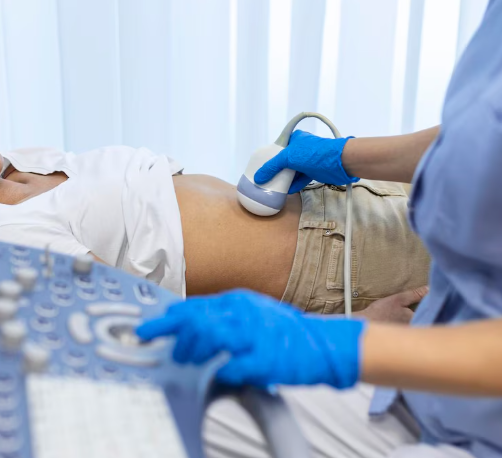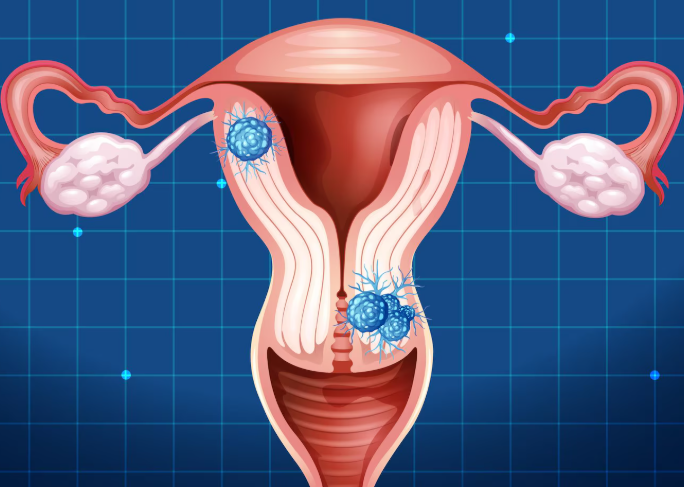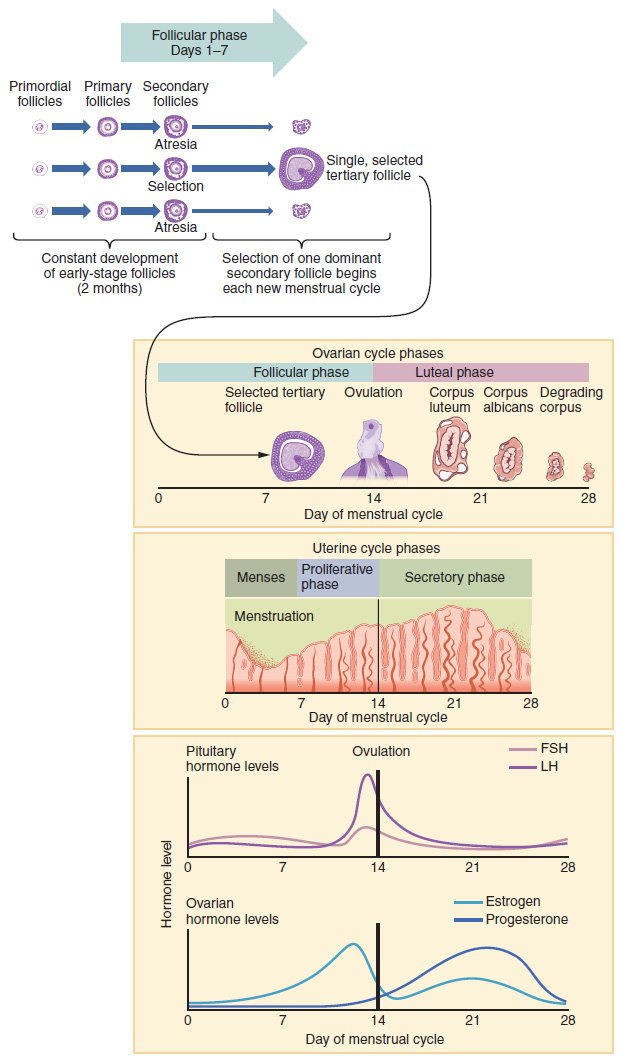Treatment Overview
The Pelvic Floor Preservation Hysterectomy (PFPH) in Korea is an advanced, patient-centered surgical approach designed to treat uterine conditions while maintaining the integrity of the pelvic floor muscles and supportive structures. This specialized technique focuses on preventing postoperative pelvic floor dysfunction, such as prolapse, incontinence, or chronic pelvic pain, thereby safeguarding long-term pelvic health.
Korea is a global leader in pelvic floor preservation surgery, utilizing robotic-assisted, laparoscopic, and endoscopic approaches combined with cutting-edge imaging, intraoperative nerve mapping, and AI-guided navigation. These innovations enable surgeons to perform the hysterectomy with maximal precision while protecting pelvic support structures and nerves.
Purpose & Benefits
The purpose of PFPH is to treat gynecologic conditions requiring uterine removal while preserving the pelvic floor’s functional integrity.
Purpose:
- Treat benign or malignant uterine conditions
- Preserve pelvic floor support to prevent prolapse or incontinence
- Reduce the risk of postoperative pelvic floor dysfunction
Benefits:
- Maintains pelvic structural stability and function
- Reduces the risk of pelvic organ prolapse and urinary incontinence
- Minimally invasive approach with faster recovery
- Reduced post-operative pain and scarring
- Shorter hospital stay and quicker return to daily life
- Improved long-term pelvic health and quality of life
Ideal Candidates
This procedure is ideal for women who:
- Require hysterectomy for fibroids, adenomyosis, endometriosis, or uterine prolapse
- Wish to preserve pelvic floor function
- Are concerned about postoperative pelvic support and quality of life
- Are in good overall health and suitable for minimally invasive surgery
Korean surgeons perform a thorough preoperative assessment including pelvic floor imaging and functional studies to determine candidacy for pelvic floor preservation techniques.
Possible Risks & Complications
Though PFPH significantly lowers the risk of pelvic floor dysfunction, risks remain similar to other hysterectomy procedures:
- Minor bleeding or infection
- Injury to surrounding organs (bladder, bowel, ureters)
- Anesthesia-related complications
- Temporary urinary or bowel dysfunction
- Rare adhesions or pelvic discomfort
Korea’s advanced surgical technology and highly trained specialists help minimize these risks.
Surgical Techniques Used
Korean medical centers use advanced surgical techniques for pelvic floor preservation hysterectomy:
- Robotic-Assisted Laparoscopic Hysterectomy: Offers precision dissection with nerve preservation.
- High-Definition Laparoscopy: Allows superior visualization of pelvic floor structures.
- Endoscopic-Assisted Techniques: Provide access with minimal disruption to pelvic tissues.
- Fluorescence-Guided Imaging: Identifies and preserves pelvic floor nerves and ligaments.
- Pelvic Floor Reconstruction: In select cases, surgeons reinforce pelvic support during hysterectomy.
These methods ensure both effective treatment of uterine disease and protection of pelvic floor function.
Recovery & Aftercare
Recovery from PFPH in Korea is generally smooth and rapid due to the minimally invasive approach and specialized care. Hospital stays average 1–2 days, with light activity resuming within a week.
Postoperative care includes:
- Pain control and infection prevention
- Avoiding heavy lifting for 4–6 weeks
- Pelvic floor rehabilitation and physiotherapy
- Regular follow-up examinations to monitor healing and pelvic function
- Lifestyle guidance to support pelvic health
Many Korean hospitals include personalized pelvic floor recovery programs that incorporate physiotherapy, nutritional support, and hormone balance care.
Results & Longevity
PFPH offers lasting results with reduced risk of postoperative pelvic floor dysfunction. Patients benefit from:
- Effective resolution of uterine pathology
- Preservation of urinary and bowel function
- Reduced risk of prolapse and incontinence
- Enhanced quality of life and pelvic health
- Minimal scarring and faster recovery
Korean specialists emphasize not only treating disease but also protecting the long-term function and stability of the pelvic floor.
Treatment Process in Korea
Korea’s PFPH programs combine advanced surgical precision with patient-centered recovery:
- Preoperative Evaluation: Detailed pelvic imaging, functional tests, and consultation.
- Customized Surgical Planning: Selection of the optimal minimally invasive technique for pelvic floor preservation.
- Surgery: Performed with high-definition laparoscopy or robotic assistance with nerve mapping.
- Postoperative Rehabilitation: Includes physiotherapy, pelvic floor exercises, diet, and lifestyle coaching.
Korea is renowned for its integration of advanced surgical technology with holistic recovery protocols, offering patients superior outcomes and specialized aftercare.
Cost Range
The cost of a Pelvic Floor Preservation Hysterectomy in Korea generally ranges from USD 9,000 to 16,000, depending on:
- Surgical technique and complexity
- Hospital and surgeon expertise
- Inclusion of pelvic floor rehabilitation and recovery programs
- Length of hospital stay
The cost usually includes preoperative evaluations, surgery, anesthesia, hospitalization, pelvic floor physiotherapy, and follow-up care.
Popular Clinics
- Samsung Medical Center (Seoul): Leading center for pelvic floor preservation hysterectomy with robotic and high-definition laparoscopic technology.
- Severance Hospital (Yonsei University Health System, Seoul): Known for advanced pelvic floor preservation programs and patient-centered recovery plans.
- Asan Medical Center (Seoul): Offers integrated pelvic floor and hysterectomy services with cutting-edge surgical methods.
- CHA Gangnam Medical Center: Specializes in minimally invasive and nerve-sparing hysterectomy procedures with pelvic floor preservation.
- Ewha Womans University Medical Center: Recognized for its holistic women’s health programs including pelvic floor preservation surgery.




